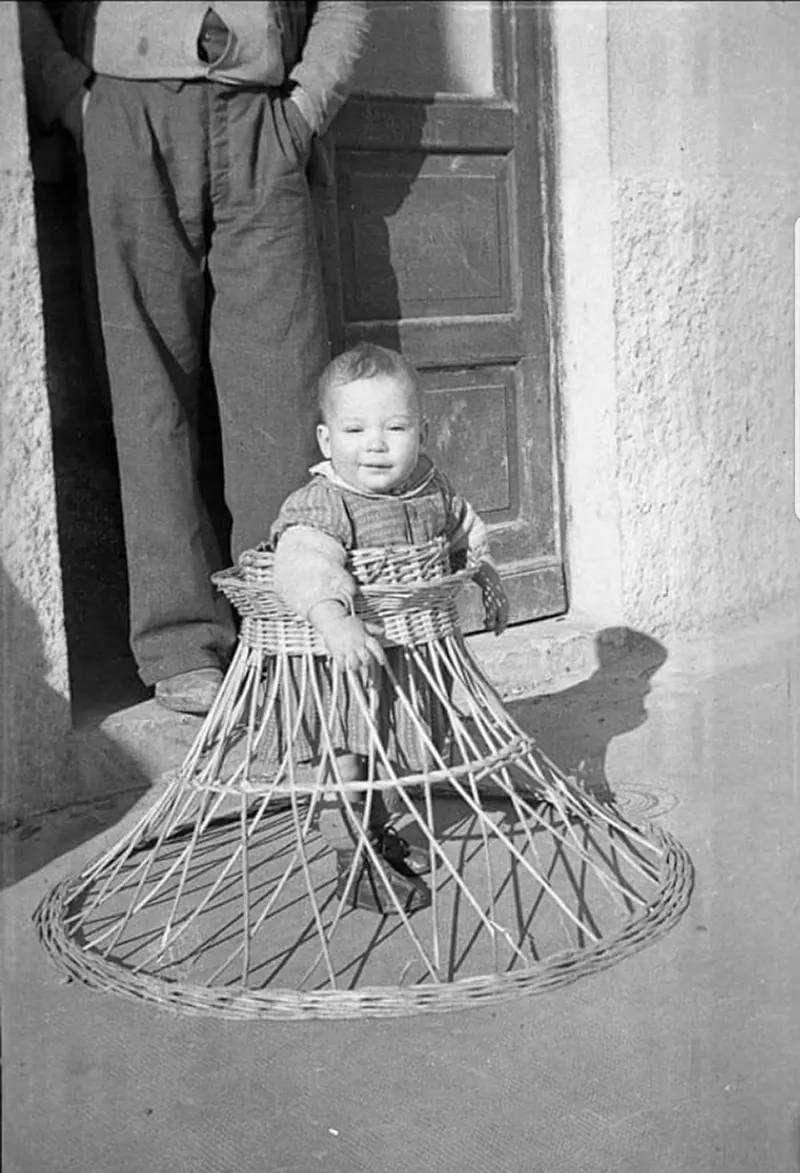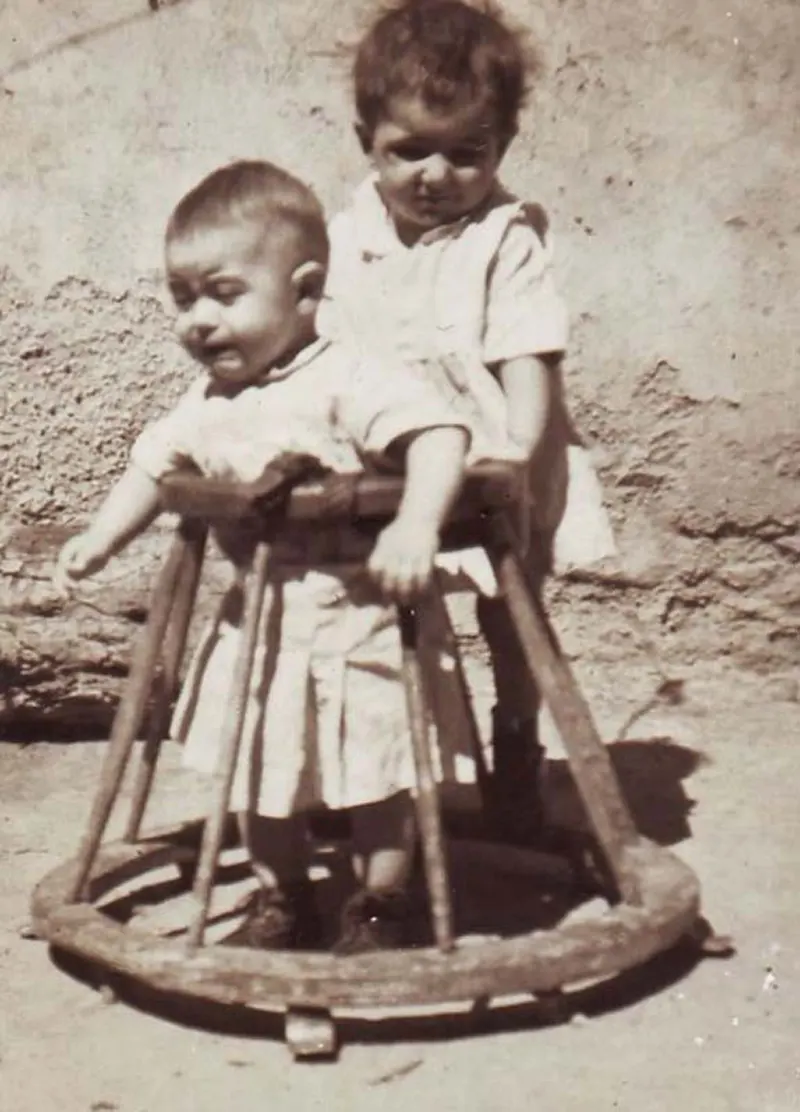
As early as the fifteenth century, baby walkers helped toddlers learn to walk and encouraged erect posture (which carried moral overtones of upright character).
European book illustrations and paintings of the 17th and 18th centuries show similar baby walkers and attest to their popularity. Like today’s counterparts, they gave toddlers circumscribed mobility.
They also, importantly, prevented dangerous tumbles into hot stoves and fireplaces. With regular usage, wooden and wicker baby walkers had considerable wear and tear.
Over time baby walkers have gone by many names, including go-cart, standing stool, baby runners, walking stools, and trainers. By the 18th century, the favored design was a wooden frame with four slanting posts and some cross pieces.
The baby stood inside the frame and could hold the cross pieces to stand. Some other stools were made with a square base on wheels. The child could push the frame easily because of the wheels.
By the 19th century, there were improvements. A small shelf on the front held toys. Springs were added to allow the child to jump up and down. In the 20th century, walkers were made of colorful plastic with all sorts of added shelves and toys.

The total number of baby walker-related injuries is likely an underestimation because there are more than 40 different terms used in academic or news reports for these devices, thus complicating a tally of the number of device-related injuries.
The U.S. Consumer Product Safety Commission, American Academy of Pediatrics, Kids In Danger, and other organizations have issued warnings to discourage parents from using baby walkers. Direct education of parents in a medical setting reduces parents’ willingness to use these devices.
In Canada, the sale of baby walkers was banned on April 7, 2004. Canada is the first country in the world to ban the sale, importation, and advertisement of baby walkers. This ban extends to modified and second-hand baby walkers, including those sold at yard sales or flea markets.
In the United States, annual baby-walker-related injuries dropped from around 21,000 in 1990 to around 3,200 in 2003, attributed to publicity about the danger of such devices and voluntary safety improvements by manufacturers.
Annual injuries dropped a further 23% after mandatory U.S. Consumer Product Safety Commission standards (adopted in 2010) went into effect, including testing requirements and brakes to prevent stair falls.






(Photo credit: Pinterest / Flickr / Wikimedia Commons).
Updated on: December 10, 2022
Any factual error or typo? Let us know.



